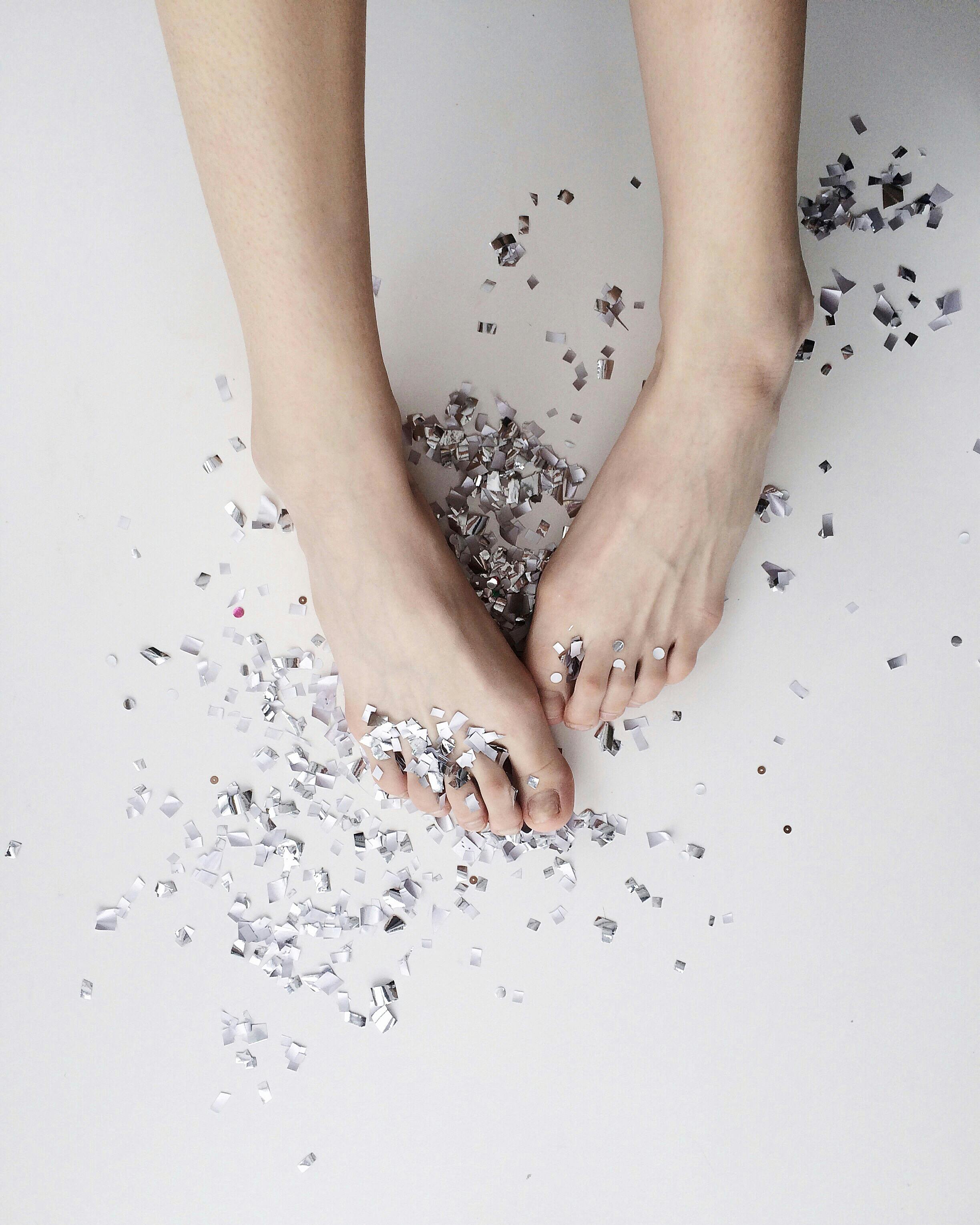Top benefits of Plantar Fasciitis Treatment
For some athletes, simply changing running shoes can substantially alleviate plantar fascia pain. A physical therapist can use a variety of different taping methods to support the plantar fascia, providing it an opportunity to recover. Some shoes can be fitted with inserts. One example is an orthotic, which spans the length of the shoe.
Another choice is a heel cup. This insert is created to support and cushion the heel. Plantar fasciitis is connected with less flexibility in the ankle, Achilles tendon, and calf muscles. Mild stretching to enhance flexibility can make the biomechanics of standing, strolling, and running less stressful for the plantar fascia.
Utilizing mild pressure, roll the tennis ball backward and forward under the foot. Stand 18 inches away from a wall with feet about 6 inches apart and position hands versus the wall, at shoulder height. Without moving feet, lean into the wall, flexing the foot and stretching the Achilles tendon and calf muscles Rest on the floor with legs directly in front.
How to Evaluate Plantar Fasciitis Treatment Quality
Stretches like these last two, in which the top of the foot and toes approach the shin, are called dorsiflexion stretches. Applying a cold-pack or bag of ice to bottom of the foot might offer discomfort relief from plantar fasciitis. Relief can also be discovered by rolling the bottom of the foot on a frozen plastic water bottle.
Protocol Concepts. For runners, increasing the number of actions per mileusing a much shorter stride however increasing cadence to maintain speedmay reduce the stress on the plantar fascia although there will be more actions per minute.1.Extra weight puts an increased pressure on the plantar fascia tissue. Shedding excess pounds will lighten the load on the body's musculoskeletal system, including the plantar fascia.
This prevents the plantar fascia from resting in a contracted position. (Not surprisingly, many individuals discover these splints hard to sleep in.). While it is not thought about standard treatment, deep myofascial massage might promote blood circulation and recovery. While not all specialists agree, some believe using manual manipulation/mobilization (by a chiropractic specialist or other qualified health professional) in addition to exercise is a reliable way to deal with plantar fasciitis.2, People with consistent, moderate to severe cases of plantar fasciitis, may use these non-medical treatments in conjunction with medications, injections, or surgical treatments.
One Approach to Plantar Fasciitis Treatment

Medications are not a treatment for plantar fasciitis and should be utilized in conjunction with other treatments. Non-steroidal anti-inflammatory drugs are used to lower swelling and inflammation, and are advised for patients experiencing moderate to serious discomfort (Read). NSAIDs consist of aspirin (e.g. Bayer), ibuprofen (e.g. Advil), naproxen (e.g. Aleve), and cox-2 inhibitors.
dexamethasone) through healthy skin to the sore area.1 Iontophoresis may be recommended to clients with plantar fasciitis who can't tolerate injections or wish to prevent injections. If non-medical treatments and medications do not supply remedy for plantar fasciitis, patients may consider injections. 1. Wellenkotter J, Kernozek TW, Meardon S, Suchomel T.

Int J Sports Med. 2014; 35( 9 ):779 -84.2. Bronfort G, Haas M, Evans R, Leininger B, Triano J. Effectiveness of manual therapies: the UK proof report. Chiropr Osteopat. 2010; 18:3.3. Clar C, Tsertsvadze A, Court R, Hundt GL, Clarke A, Sutcliffe P. Clinical efficiency of manual therapy for the management of musculoskeletal and non-musculoskeletal conditions: methodical evaluation and upgrade of UK evidence report.
Some Standard Principles Of Plantar Fasciitis Treatment
The plantar fascia is a long, thin ligament present along the bottom of the foot that produces the arch of the foot. It extends from the heel bone, and then divides and fans out to attach itself to the toes. Plantar fasciitis is a condition where the plantar fascia ends up being inflamed from overstretching or overuse, causing pain in the heel and bottom of the foot.
Plantar fasciitis takes place when you strain or aggravate the plantar fascia ligament. Repeated pressure can lead to tiny tears in the ligament, resulting in pain and swelling, which can make strolling difficult. Pressures can happen due to: High or low foot arch Weight problems or sudden weight gain Tight Achilles tendon which connects the calf muscles to the heel Beginning a brand-new activity or increasing the strength of an activity Wearing incorrect shoes with soles that are too soft, do not fit well or offer poor arch support The major problem of plantar fasciitis is discomfort and tightness in the heel and foot.
Your physician might watch how you stand and stroll, and assess related conditions such as high arches. X-rays of the foot can be taken if your medical professional believes a tension fracture, a hairline fracture in the bone, or other associated conditions such as a heel spur, which is additional calcium deposit on the heel bone.
Plantar Fasciitis Treatment is complicated: A rebuttal
Conservative treatment procedures include: Rest: Rest is the initial step that is thought about for minimizing pain and avoiding more damage to the ligament. Ice: Rolling your foot over ice can be really reliable in decreasing swelling, and is recommended for 20 minutes, 3-4 times a day Medications: NSAIDs (non-steroidal anti-inflammatory drugs) may be prescribed for relief of discomfort and inflammation Exercise: calf stretches and plantar fascia stretches are effective in alleviating pain A steroid injection might be administered into the plantar fascia for reducing pain and inflammation Encouraging shoes and orthotics may likewise be suggested to minimize the discomfort while walking or standing Night splints can be recommended by your physician to assist extend the plantar fascia while sleeping Physical treatment might be recommended for guideline on extending workouts, massage and ice treatments PT may use extracorporeal shockwave therapy (ESWT), which utilizes high-energy shockwave impulses to stimulate healing of the harmed plantar fascia tissues Surgical treatment is thought about only if conservative therapy does not offer effective relief after 12 months.
Gastrocnemius recession: Tight calf muscles or gastrocnemius muscles can strain the plantar fascia. To launch this stress, your cosmetic surgeon will surgically lengthen the calf muscle, and increase the movement of the ankle (You Can Try Here). The surgery can be performed by open cut or endoscopically through a small incision by utilizing an endoscope, which is a long instrument with a small video camera connected.
Your surgeon will partly cut the plantar fascia ligament to eliminate the stress. The surgical treatment can be carried out endoscopically however open cut is simpler to carry out and is related to lower danger of nerve damage. Problems are uncommon following surgical treatment to deal with plantar fasciitis, but as with any surgery, they can occur.
Ways To Use Plantar Fasciitis Treatment
If you are experiencing signs of plantar fasciitis, comprehensive treatment from our foot professionals is available at ORA Orthopedics. As the largest and most sophisticated orthopedic practice in the Quad Cities, ORA Orthopedics offers the best choices in care to kids and grownups with a broad selection of musculoskeletal conditions, consisting of plantar fasciitis and other uneasy or unpleasant foot problems (Click Resources).
This condition is generally marked by higher foot discomfort and tightness after not throughout exercise or extended durations of inactivity. Plantar fasciitis might likewise trigger bone spurs, or little boney developments, to develop on the heel bone. The experienced doctors and personnel at ORA Orthopedics' Foot and Ankle Center of Excellence are trained in the most current treatment techniques and use patient-focused care that is second to none in the Quad Cities.
No comments:
Post a Comment